Location:Leh, a high-desert city in the Himalayas, is the capital of the Leh region in northern India’s Jammu and Kashmir state. Originally a stop for trading caravans, Leh is now known for its Buddhist sites and nearby trekking areas. Massive 17th-century Leh Palace, modeled on the Dalai Lama’s former home (Tibet’s Potala Palace), overlooks the old town’s bazaar and mazelike lanes.
Best Time to Visit: Zanskar is best visited between June to September when the road is clear of the snow. It’s closed for a significant time due to extreme snowfall and winter
PLACES TO VISIT IN LADDAKH : NUBRA VALLY, PANGNANG LAKE, karhil war memmorial ,zanskar vally,cold desert etc.
![_20180616_120413.JPG]
(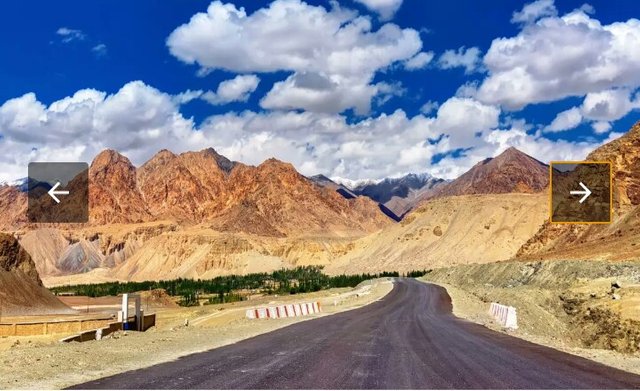
WanderWisdom»Packing & Preparation
How to Plan Your Ladakh Trip: Complete Travel Guide on Ladakh by Road
Updated on August 8, 2016
nikhilchandra profile image
Nikhil Chandra more
Traveler | Seeker | Amateur Photographer | Marketer | SMO | Blogger | Biker | Bibliophile | Cinephile | Musicoholic | Sapiosexual | Dreamer
Contact Author
Riding on the Top of the World: Crossing Chang La Pass on Way to Pangong Tso Lake
Riding on the Top of the World: Crossing Chang La Pass on Way to Pangong Tso Lake | Source
How to Plan Your Trip to Leh Ladakh
Nestled in the Trans-Himalayan region, in the state of Jammu & Kashmir in North India, Ladakh has, in recent times, become one of the most popular summer holiday destinations in India. Riding across high altitude mountain passes, visiting monasteries, and camping by some stunning high altitude lakes are the major allure of Ladakh.
Besides spell binding landscapes, Ladakh is renowned for its ancient Buddhist monasteries. Ladakh is often dubbed ‘Little Tibet’ as it shares an international boundary with Tibet and plays host to a sizable population of Tibetan Buddhists.
Although a trip to Ladakh has a lot to offer, tourists are required to take some precautions since it is mostly a barren land and has low atmospheric pressure and low oxygen levels at higher altitudes.
In this article, I’d like to mention some important points that every tourist planning a trip should know and answer some frequently asked questions in travel forums online.
The most common questions are related to acclimatization, ATMs, Petrol Pumps, acute mountain sickness, and innerline permits as well as how long Ladakh tour itineraries tend to be.
All of my tips are based on my personal experience in the region.
How to Deal With High Altitude and Acclimatize in Leh Ladakh
Acclimatization is an important part of building your Ladakh itinerary. Make sure you don't rush your trip and allow time for your body to adjust to the low atmospheric pressure. You should reserve the first 2 days after your arrival in Leh for getting used to the high altitude. Don't expect to arrive in Leh and go right away to Nubra or Pangong. Since you could get seriously affected by AMS which may lead to severe headaches, nausea, restlessness, or even inability to walk or think, and ataxia which will ruin your vacation. Even the most fit people are affected by acute mountain sickness. Here are some precautions to keep in mind:
Physical fitness is the foremost thing you need to consider while undertaking a trip to the Ladakh region.
Increase your altitude gradually, and balance ascent with rest to help your body acclimatize.
Due to the low atmospheric pressure, tourists need to rest for around 2 days or 48 hours after reaching Leh.
If you suffer from high blood pressure, heart ailments and asthma,you should consider not visiting Ladakh.
Hydration is necessary but overdoing it could harm you. Increase your normal water intake by a liter, and that will be enough. Dehydration does not necessarily leads to AMS.
During the cold weather, cover your head and ears with something warm. Don’t exert yourself physically too much. Never run out of excitement especially on passes. Low oxygen levels could lead to fatigue and it can be difficult to catch your breath. You might feel the earth spin or even pass out.
Some preventive medicines do aid acclimatization and treat altitude sickness. The most popular is Diamox. The local version of this medicine, a time tested and natural alternative is garlic soup, or a soup prepared with lots of garlic.
If you notice any symptoms such as headache, nausea, dizziness, or fatigue, rest immediately and descend without delay if you are at a high altitude (as in Khardung La Top).
I know this one is difficult to do but you should avoid smoking and drinking alcohol at a high altitude to prevent AMS.
If you are taking Leh-Manali Highway, then stop at Keylong, Jispa, and Darcha and avoid staying at Sarchu if possible. Otherwise, if you are taking Leh-Srinagar Highway you should spend the night at Kargil (I am assuming that you have already spent a night in Manali or Srinagar respectively).
If you are flying directly to Leh , you still need to take two days to rest. During this period , you could always go on a short trip to Thiksey, Hemis, Shey, Nimoo and Stok etc. to visit monasteries and palaces.
You should avoid sleeping during the day. I know I didn't have to say this because who'd waste even seconds of time sleeping during the day in such a magnificent land
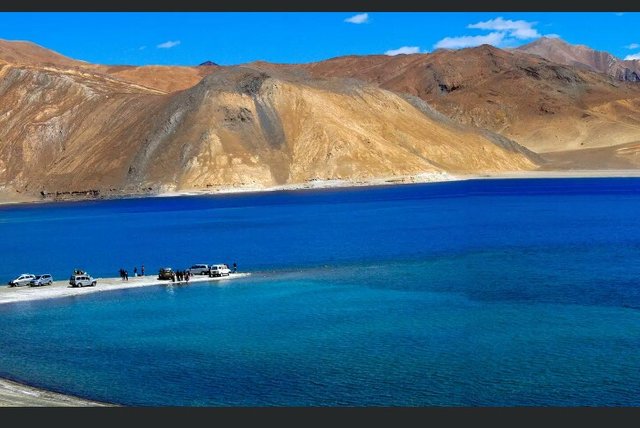
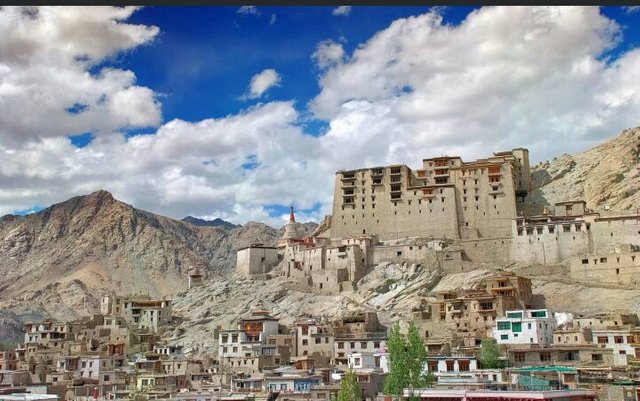
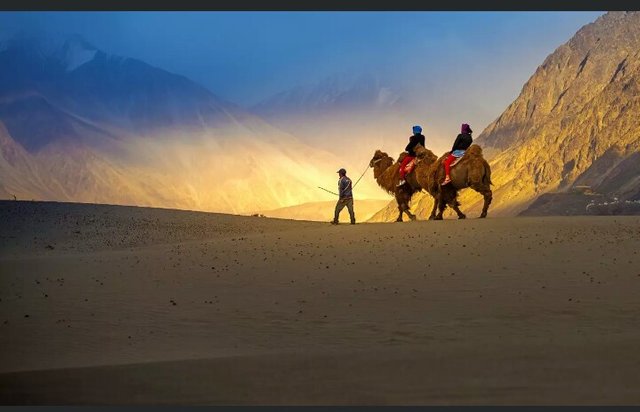
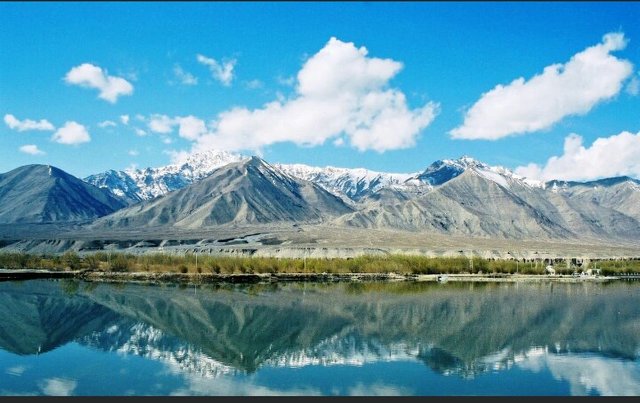
I want to visit there.
Downvoting a post can decrease pending rewards and make it less visible. Common reasons:
Submit
U must b
Downvoting a post can decrease pending rewards and make it less visible. Common reasons:
Submit
Hi! I am a robot. I just upvoted you! I found similar content that readers might be interested in:
https://travellingtrendz.wordpress.com/2018/05/08/how-to-plan-your-trip-to-leh-ladakh/
Downvoting a post can decrease pending rewards and make it less visible. Common reasons:
Submit
Thats differ
Downvoting a post can decrease pending rewards and make it less visible. Common reasons:
Submit
Its different from it
Downvoting a post can decrease pending rewards and make it less visible. Common reasons:
Submit